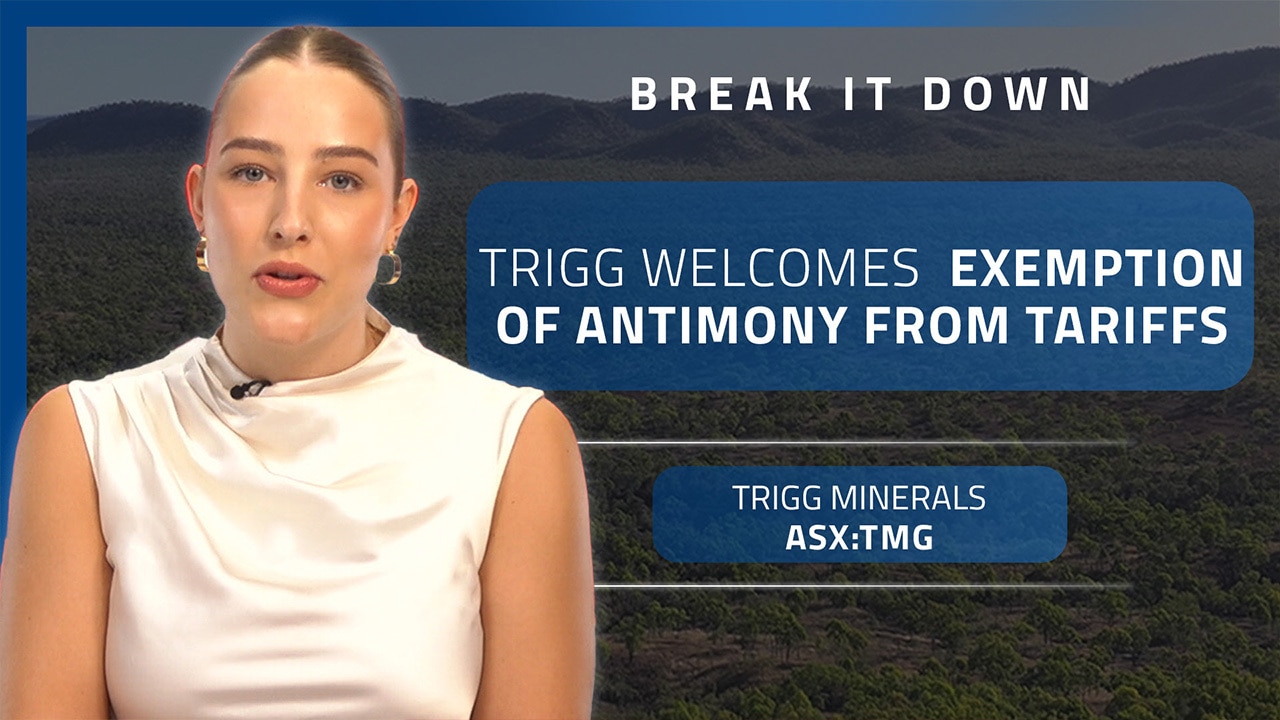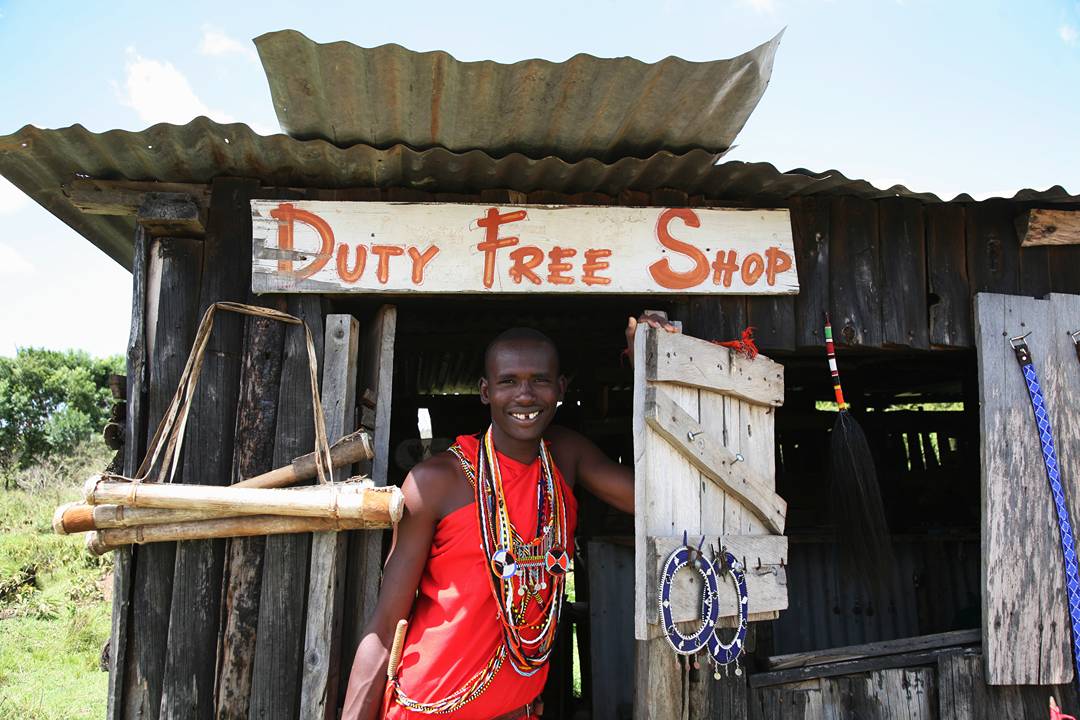Criterion: What to do when your shares are taken into custody
Investors should ask questions about custodial-based share arrangements by which they do not have legal ownership.

Investors should know whether their holdings are subject to direct or custodial ownership
Custodial arrangements have their advantages, but have caused investor losses in the past
Collective investments such as ETFs and super are held by custodians
It’s not exactly a favoured topic for a lazy summer’s day at the beach or the MCG outer – but who really owns your shares?
To most investors, share ownership implies legal dibs on the equity, as well as the economic benefits such as rights to dividends.
With exchange traded funds (ETFs) and some broking platforms, this is not the case with legal ownership likely to be held by a distant third-party custodian.
Australia’s $4 trillion superannuation system also works on a custodial model: according to Rainmaker Information, 36% of shares on the ASX are held under custodial structures for super funds.
“Many investors may not know that purchasing ETFs through their share trading platform doesn’t guarantee direct ownership of their investment,” says Bell Direct CEO Lee Muco.
The typical arrangement involves investor funds being pooled into one fund for investment into the ETF, by a third-party custodian.
“This means that while your share trading platform tracks the ETFs you own, and you reap the benefits from that investment, a third-party custodian holds the legal title to the investment as the named owner and trustee.”
Muco says as Australian’s interest in share trading has boomed, so too has the number of share trading platforms.
“The risk to investors arises in the instance of a share trading platform, or the third party custodian, going under.
“In this case, investors would have a difficult time claiming ownership of their investments due to their name not being attached to the asset.”
The online platform Halifax Investment Services collapsed in 2018, after using client money to shore up its operating losses.
This was more than inconvenient to the broker’s 12,000 investors, who had to wait more than three years to recover only part of their funds.
When broker and margin lender Opes Prime collapsed in messy circumstances in 2008, many clients were shocked to discover they had no legal title over their shares.
Investors can protect themselves by using a direct ownership model, with a unique Holder Identification Number (HIN) assigned to them. The HIN is their identifier on the ASX clearing system – and the ‘source of truth’ as to who owns what shares.
“This provides investors added security in the instance their share trading platform were to fold, as all assets are securely recorded under their name,” Muco says.
(In case you haven’t guessed, Bell Direct works on direct ownership).
Custodial models confer advantages such as enabling investors to invest fractionally in an asset, such as a US$100,000 Bitcoin or a building.
The custodians are licensed, heavily regulated and tend to be banking’s gorillas.
For instance, ETF provider Vanguard uses JP Morgan Chase, while Betashares cedes the task to Citigroup.
Australian Financial Services Licence (AFSL) requirements provide another level of protection by imposing impose stringent operational and capital adequacy standards on brokers and third-party custodians.
“In this capacity the custodian is legally obliged to hold investors’ assets in safekeeping on their behalf, subject to their instruction and for their benefit,” explains Vanguard’s Tony Kaye.
“That’s important for investors, because one of the most important protections and controls against fraud is the separation of the safekeeping function from the investment function undertaken by asset managers.”
For their part, investors should verify that the custodian is regulated and reputable, with a track record of safeguarding client funds.
Muco says while the problems might be worst-case scenarios, history has a nasty habit of repeating.
“No investor wants to wake up to the news that their trading platform has gone under and their money is inaccessible,” Muco says.
We don’t intend this to be a silly season scare story (we’ll leave that one to the weather reports and post-Christmas debt hangover yarns).
Having said that, investors should be aware of not just what they are investing in, but who they’re investing with.
After all, they would be asking a few questions if a stranger knocked on the door to claim ownership of their house, car or children.
This story does not constitute financial product advice. You should consider obtaining independent advice before making any financial decision



